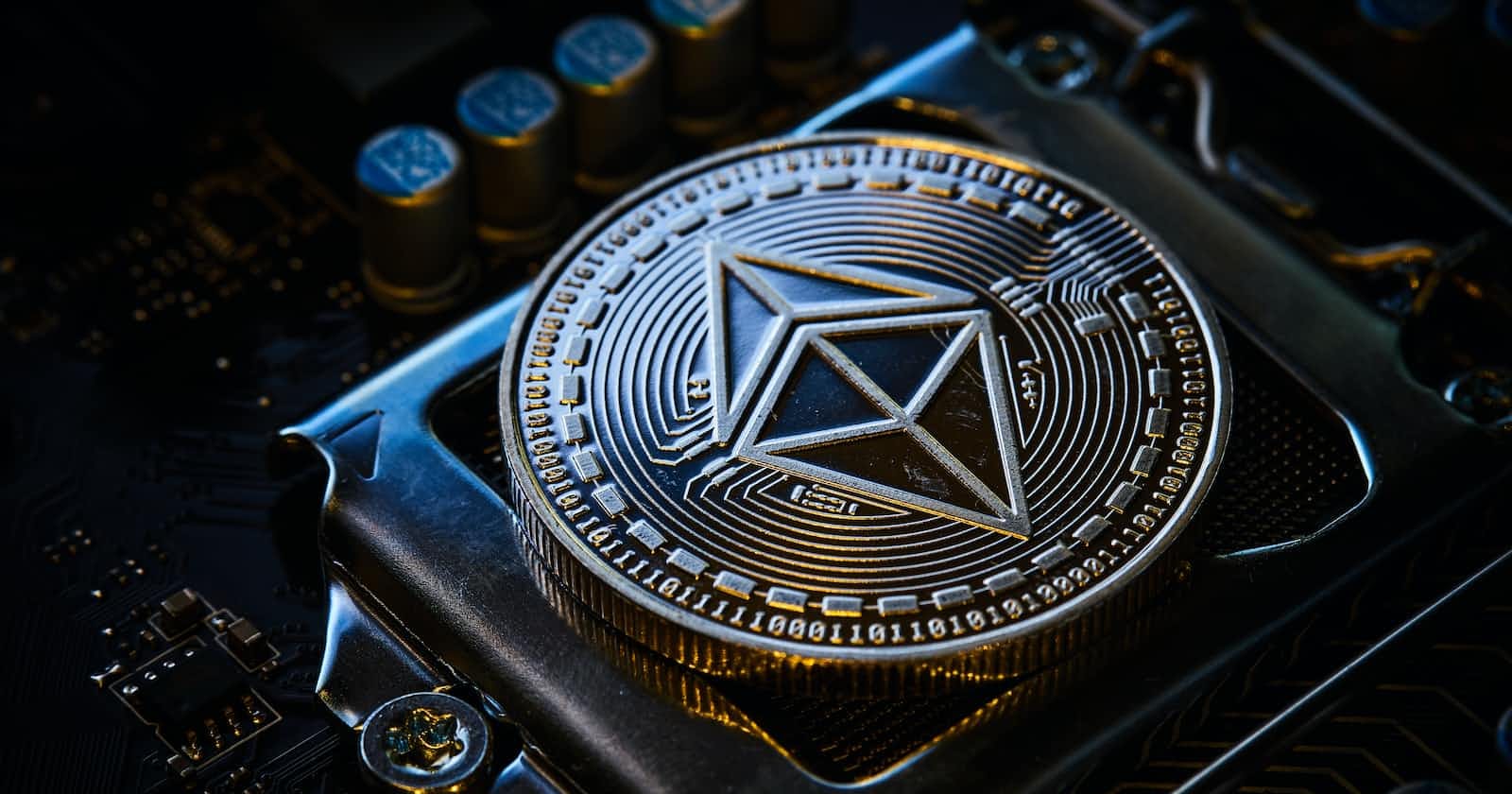
Photo by Michael Förtsch on Unsplash
A beginners guide to understanding Web3
The Next Evolution of the Internet
Table of contents
Introduction
The digital world is always changing, and with that, innovations are made frequently. An example is Web3, which we will talk about in this article.
Web3 goes beyond Web 1.0 and Web 2.0, and it has the potential to change the future of how we interact with the digital world forever.
Web3 is a paradigm shift from the more centralized web2 that has been the backbone of the internet for years. It changes how we see the online world, how we make transactions and how we interact.
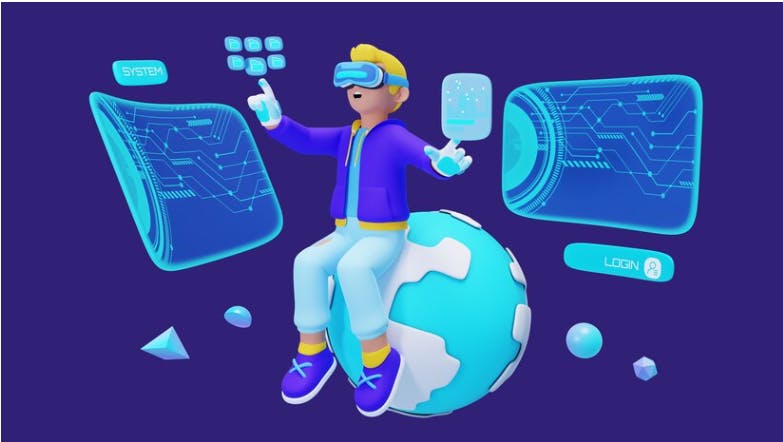
Web3 is powered by the intersection of new technologies such as blockchain, decentralized applications (DApps), and cryptocurrencies.
In this article, we will talk about the core concepts of web3, its potential to change the future of the digital space, and the opportunities it presents to us.
We will also explore the fundamental principles guiding web3, the technology that powers it, and real-world applications that are implementing web3.
What is Web3?
Web3 is the short form of Web 3.0 which means the 3rd generation of the internet, the idea where the internet becomes more open and transparent. It signifies a move from the traditional mode of the centralized internet known as Web 2.0 to a new dawn of decentralization.
Web3 is powered by new and emerging technologies that aim to correct the flaws and limitations of Web2
Features
The key elements that define Web3 include:
Decentralization
Blockchain Technology
Smart Contracts
Cryptocurrencies
Ownership and Control by Users
Interoperability
Transparency
Decentralization
The concept of Web3 is to move away from the current centralized control of data and services that are characteristics of the present-day Internet.
It achieves this by relying on decentralized networks that are majorly powered by blockchain technology; a technology where data and applications are distributed evenly across a global network of nodes, thus removing the need for centralized bodies.
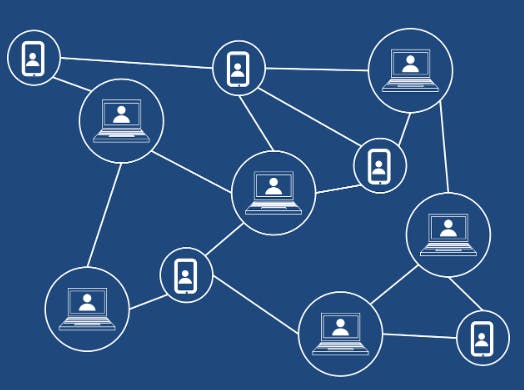
Blockchain Technology
Web3 is powered by blockchain technology, a secure ledger that immutably records transactions and data.
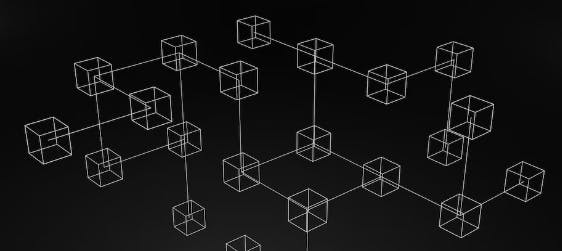
Blockchains establish trust within an anonymous environment, facilitating peer-to-peer transactions, the creation of smart contracts, and ensuring data integrity.
Smart Contracts
These are programs that are stored on a blockchain that run when predetermined conditions are met. They allow transactions to be carried out among anonymous parties without the need for a central authority.
Cryptocurrencies
These are digital currencies that allow secure, anonymous, and borderless transactions. They currently play a central role in Web3 by making global transactions faster. Examples include; Bitcoin, Ethereum, and Solana. etc.

Ownership and Control by Users
People have greater control over their digital assets and data thanks to web3. This further enhances privacy and security.
Interoperability
This is the ability of blockchain networks to interact with each other. Web3 encourages interoperability between different platforms and blockchains. This enables smooth data transfers between various apps and ecosystems in web3.
Transparency
With Web3, data and transactions are open and transparent, thus creating trust among anonymous users.
Challenges
Just like many other things, web3 is not free from challenges. These challenges are being tackled by developers, entrepreneurs, and the entire Web3 community as it continues to evolve and go mainstream.
These are some of the key challenges faced in Web3.:
Scalability
Blockchain networks are faced with the issue of scalability. This is the slowing down of the network as more users and applications join the network, also making it expensive to use.
Interoperability
There is a possibility of different blockchain networks not communicating well with each other, thus interrupting the smooth transfer of assets and data between them.
User Experience
Web3 is a complex field, and its applications may pose challenges for newcomers. Enhancing user interfaces and experiences is important for widespread adoption.
Regulatory Challenges
Web3 disrupts established regulatory structures, and governments globally are trying to figure out how to regulate this technology. Restrictive regulations can reduce innovation.
Security
Decentralized applications (dApps) and smart contracts may be susceptible to security breaches.
Adoption
Greater awareness and education are essential for the wider adoption of Web3, especially considering its early development stages.
Energy Consumption
Blockchain networks such as Bitcoin and Ethereum consume substantial amounts of energy. Shifting towards a more energy-efficient consensus mechanism presents a significant challenge.
Data Privacy
Web3's goal of granting individuals control over their data brings about new privacy challenges.
Sustainability
There is also a challenge to the long-term sustainability of blockchain networks in both economic and environmental aspects.
The Future of Web3
The future of web3 promises to change the way we interact with the digital world forever. It will be a future where people have better control and ownership over their data, transactions, and digital identities.
As we step into this new digital world, it is important to be open to lots of opportunities that come with web3. The Web3 future is an ongoing evolution and each one of us has a role to play in shaping its future.
Emerging Web 3 Technologies
In this section, we will briefly cover the innovative technologies that are emerging in Web3.
Metaverse
Most of us probably heard about Metaverse for the first time when tech giant Facebook rebranded as Meta. This was influenced by the concept of the metaverse. But what is the metaverse?

The concept of a metaverse is a digital world we can interact with, build friendships, create content, and even go shopping. Web3 is bringing this concept to reality through the following features.
Digital Ownership: In the metaverse, you own your digital assets such as your virtual land, avatars, and other assets just like you own your car in real life or your smartphone.
Interoperability: In the metaverse, you can share your virtual profile between different platforms.
Digital Economies: The metaverse has its economy, powered by cryptocurrencies and tokens. You can earn, trade, and purchase items or art in these virtual worlds.
NFT
You've probably heard of NFTs selling for millions of dollars. But what are these fancy "cartoon" jpegs being sold for outrageous amounts?
NFTs, or Non-Fungible Tokens, are digital tokens that signify ownership of a one-of-a-kind item or specific content within a blockchain.
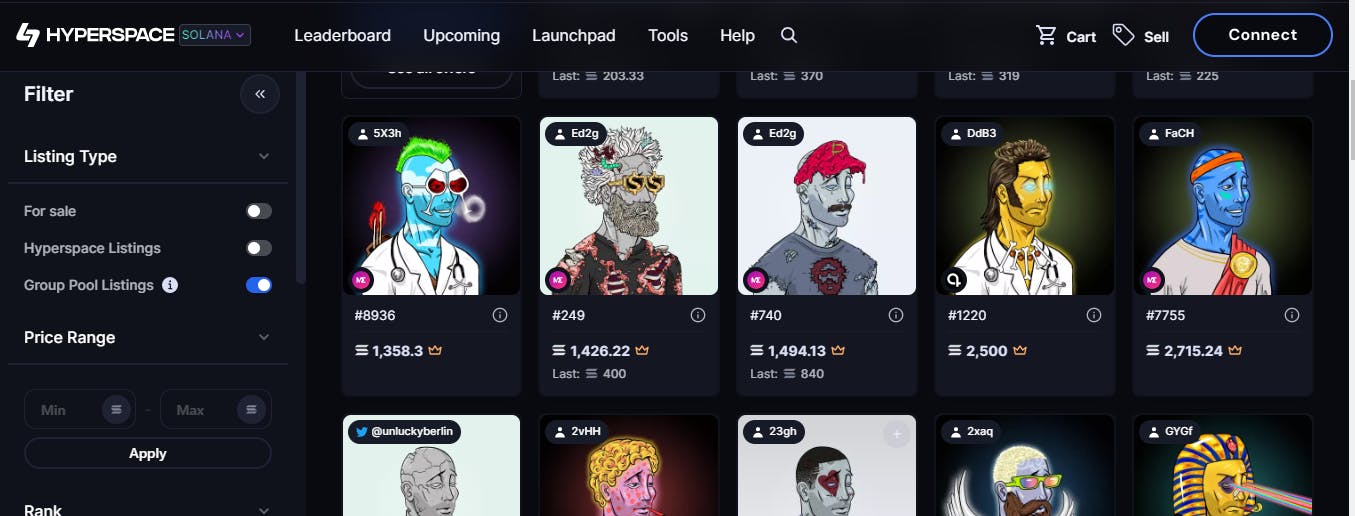
They are revolutionizing the digital landscape by introducing the concept of real ownership in the virtual realm.
These digital assets are making waves, from multimillion-dollar sales of digital art to the tokenization of real estate, transforming how we view, purchase, and trade digital commodities.
NFTs are unique and cannot be divided. Each NFT has a unique feature and individual ownership thus making it suitable for digital collectibles, art, real estate, etc.
Decentralized social networks
The concept of decentralized social networks is gaining traction due to frequent problems of hacking and privacy concerns faced by social media.
They offer an alternative to centralized social media platforms such as Instagram, Meta(FaceBook), X(Twitter), etc. They provide more user control, improved privacy and opposition to censorship.
These decentralized social networks are powered by blockchain technology which security and transparency, creating a solid basis for social networks.
Features of decentralized social networks include:
Improved Privacy
User Ownership and Control
Community Governance
Interoperability
Content Monetization
Censorship Resistance
Open Source
Conclusion
We've explored the fundamental elements of Web3, the technologies that drive it, its future implications, and its transformative impact on the digital landscape.
Web3 will change our future interactions, in the realms of finance, data security, and numerous other sectors. I encourage the embrace of decentralization and the opportunities it presents to create a more secure and open digital ecosystem.
